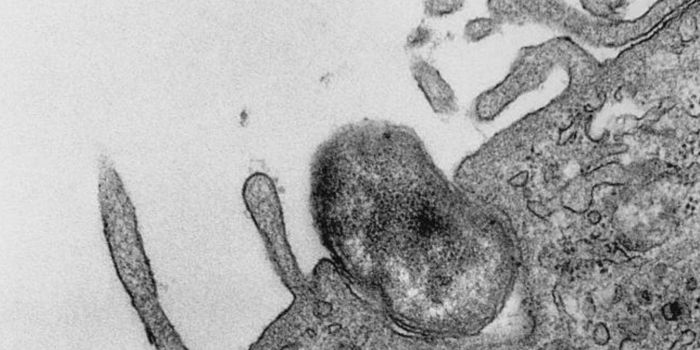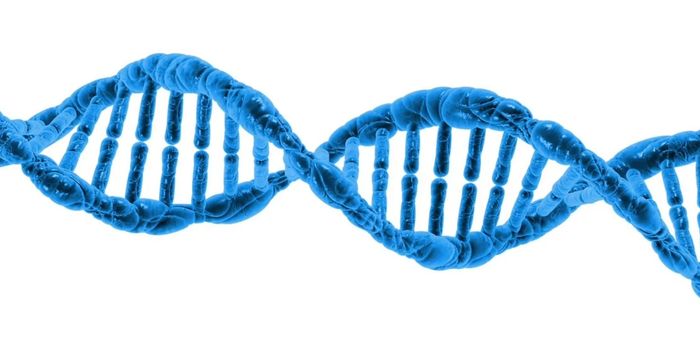Sperm Will Swim in Different Directions to Locate the Egg
Sperm are basically cells with a tail. It can seem surprising that they are able to navigate and swim with purpose. New research has shown that sperm are even able to switch up directions, and alter their swimming patterns to reach an egg cell. Sperm movement may undergo a process called hyperactivation; it changes from from symmetrical motions in the tail that propel the sperm in a straight line, to assymterical tail movements that create circular swims. This process increases the chance that a sperm will locate the egg. The findings have been reported in the Proceedings of the National Academy of Sciences (PNAS).
In this work, the researchers engineered microfluidic chips with channels that were only about as wide as a micron, and observed bovine sperm with a high-speed camera as they moved through the channels. This work could help scientists that work in dairy cow or human in vitro fertilization. It also provides insight into the design of swimming microbots.
"By understanding what determines the navigational mechanism and the biophysical and biochemical cues for a sperm to get to the egg, we may be able to use those cues to treat couples with infertility issues and select the best strategy for in vitro fertilization," said senior study author Alireza Abbaspourrad, an Assistant Professor at Cornell University.
Millions of sperm move through the reproductive tract of female mammals, with only a handful eventually getting to an egg cell to attempt fertilization. As the sperm swim in the tract, This study suggested that they tend to remain closer to the sides of a channel and so they would push forward in a straight line as a bit of fluid flows against their motion in a reproductive tract. The sperm that reach the uterine junctional zone can enter the Fallopian tubes, at which point calcium ions flood their flagella. These ions trigger hyperactivation, and the sperm can start to swim in a circular motion since they're near the egg.
By varying the conditions in the microfluidic chip, the researchers determined that if calcium levels in the sperm are raised earlier, they don't stay close to the walls, and may get stuck. This suggested that the movement of sperm has to be straight, then shift to circular at the right time for fertilization to occur.
"We think that hyperactivation modulates sperm's swimming behavior as it ascends towards the fertilization site, depending on the functional region within the tract, and as sperm responds to the biochemical factors present in the environment," said first study author Meisam Zaferani, a graduate student in the Abbaspourrad lab.
Sources: Cornell University, PNAS








